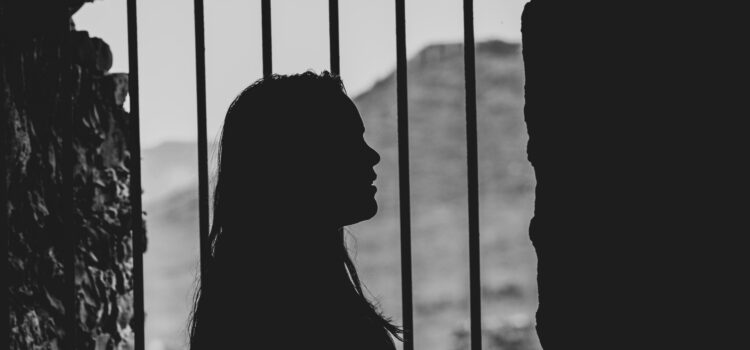What are some examples of nudge campaigns? When were nudges needed and what did they hope to accomplish. There are examples of nudge campaigns in a variety of settings. The key across these campaigns is understanding the timing and scenarios best suited for nudging. Read about the examples of nudge campaigns for each situation.
Examples of Nudge Campaigns: All About Timing










